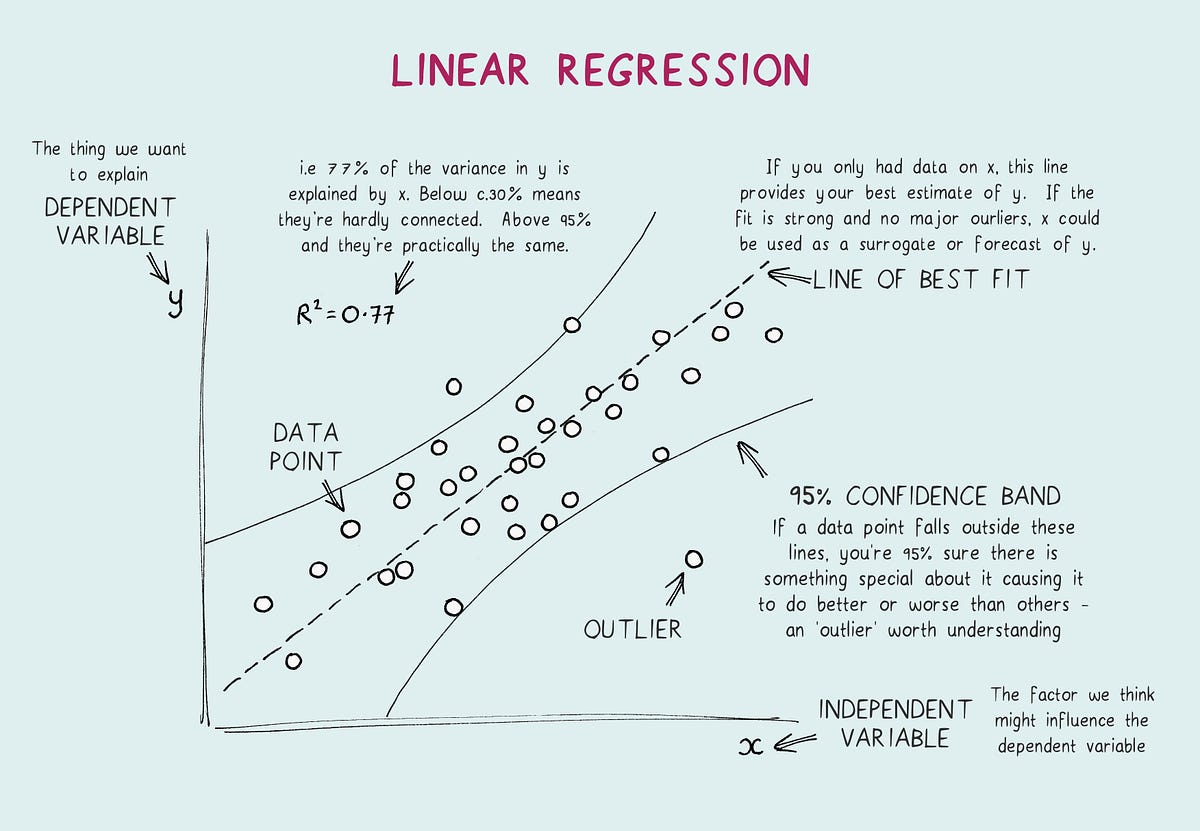Forecasting Simcard Demand Using Linear Regression Method
DOI:
https://doi.org/10.25299/itjrd.2023.12202Keywords:
Forecasting, Demand, Linear regression, Python.Abstract
The purpose of this research is to get a prediction of how package card growth will be based on sales data from SINAR E-XIX CELL. The method used for this forecasting is linear regression, based on the number of card packs sold which is the causal variable. The accuracy of predictions is carried out using Python based on the results of research conducted with data on simcard sales over a period of two years, it was found that in the following year the number of growth in demand for sim cards in the coming year has decreased, but there is one card that has experienced an increase in the number of growth in the following year. which will come. Forecasting using Linear Regression can be said to be classified as very well based on using python. After doing the forecasting it can be concluded that in the next few years the demand for cards will be less.
Downloads
References
J. Wang and S. Duan, “An online anomaly learning and forecasting model for large-scale service of internet of things,” Proceedings - 2014 International Conference on Identification, Information and Knowledge in the Internet of Things, IIKI 2014, pp. 152–157, 2014, doi: 10.1109/IIKI.2014.38.
F. Isyarah, A. Hasan, and F. Wiza, “CLUSTERING DAERAH MISKIN DI PROVINSI RIAU MENGGUNAKAN METODE K-MEANS,” 2020.
N. Nasution, F. Feldiansyah, A. Zamsuri, and M. A. Hasan, “Synthetic Minority Oversampling Technique for Efforts to Improve Imbalanced Data in Classification of Lettuce Plant Diseases,” JURNAL TEKNOLOGI DAN OPEN SOURCE, pp. 31–40, Feb. 2023, doi: 10.36378/jtos.v6i1.2883.
E. M. S. Rochman and A. Rachmad, “Forecasting Application for Simpati Telkomsel Card Using Backpropagation (Case Study in Bangkalan Madura-Indonesia),” Adv Sci Lett, vol. 23, no. 12, pp. 12340–12343, Mar. 2018, doi: 10.1166/asl.2017.10635.
H. Djanggih, Urgency Legal Aspects of Growth Information Technology In Indonesia. 2017. [Online]. Available: https://www.researchgate.net/publication/317267323
W. Segoro and W. Widiawati, “The Influence Factors on the Satisfaction of Telkomsel SIM Card Users in Indonesia,” 2019.
W. Segoro and W. Widiawati, “The Influence Factors on the Satisfaction of Telkomsel SIM Card Users in Indonesia,” 2019.
A. Brzeziński, T. Dybicz, and Ł. Szymański, “DEMAND MODEL IN THE AGGLOMERATION USING SIM CARDS.”
M. Pradana, H. Hafid, M. Diandri, and N. Bunga, “The Influence of Brand Equity toward Indonesian Prepaid SIM Card Customers’ Purchase Decision,” 2018. [Online]. Available: https://www.researchgate.net/publication/328698576
H. Sunaryanto, M. A. Hasan, and G. Guntoro, “Classification Analysis of Unilak Informatics Engineering Students Using Support Vector Machine (SVM), Iterative Dichotomiser 3 (ID3), Random Forest and K-Nearest Neighbors (KNN),” IT Journal Research and Development, vol. 7, no. 1, pp. 36–42, Aug. 2022, doi: 10.25299/itjrd.2022.8912.
J. Ye, R. Janardan, and Q. Li, “Two-Dimensional Linear Discriminant Analysis,” in Advances in Neural Information Processing Systems, L. Saul, Y. Weiss, and L. Bottou, Eds., MIT Press, 2004. [Online]. Available: https://proceedings.neurips.cc/paper/2004/file/86ecfcbc1e9f1ae5ee2d71910877da36-Paper.pdf
C. H. Park and H. Park, “A comparison of generalized linear discriminant analysis algorithms,” Pattern Recognit, vol. 41, no. 3, pp. 1083–1097, 2008, doi: https://doi.org/10.1016/j.patcog.2007.07.022.
A. Sharma and K. K. Paliwal, “Linear discriminant analysis for the small sample size problem: an overview,” International Journal of Machine Learning and Cybernetics, vol. 6, no. 3, pp. 443–454, 2015, doi: 10.1007/s13042-013-0226-9.
J. Wang, M. Xu, H. Wang, and J. Zhang, “Classification of Imbalanced Data by Using the SMOTE Algorithm and Locally Linear Embedding.”

Downloads
Published
How to Cite
Issue
Section
License
Copyright (c) 2023 Monica Sitompul, Mhd Arief Hasan, Mariza Devega

This work is licensed under a Creative Commons Attribution-ShareAlike 4.0 International License.
This is an open access journal which means that all content is freely available without charge to the user or his/her institution. The copyright in the text of individual articles (including research articles, opinion articles, and abstracts) is the property of their respective authors, subject to a Creative Commons CC-BY-SA licence granted to all others. ITJRD allows the author(s) to hold the copyright without restrictions and allows the author to retain publishing rights without restrictions.















